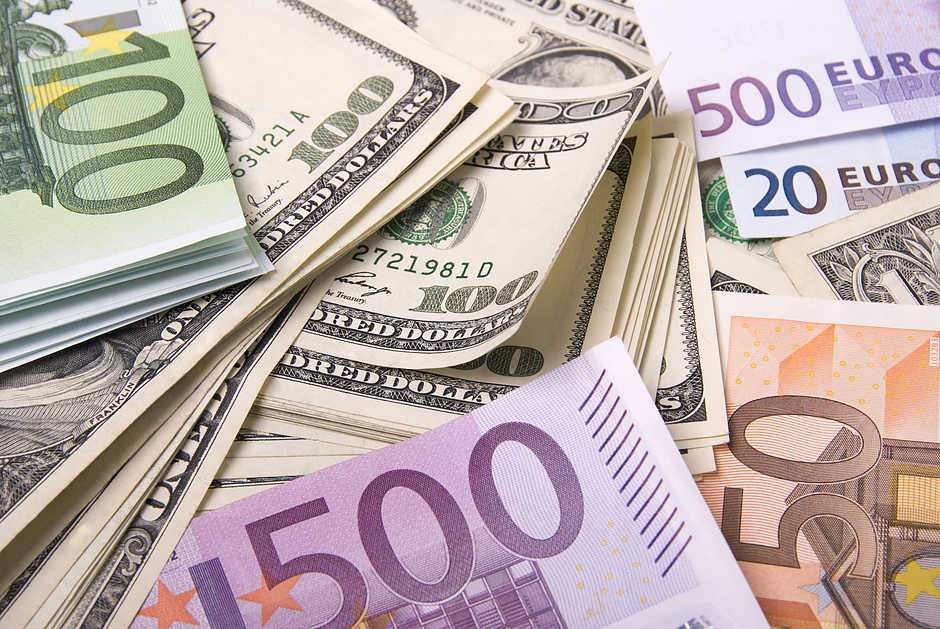Morning briefing: Euro can rise towards 1.1250/1.1300

The Dollar Index, after the Jackson Hole meeting came off sharply as Powell signaled a rate cut in the Fed’s Sep-24 meeting. Crucial supports are seen at 100.50 and lower at 99.50 which can hold in the near term. Euro on the other hand can rise towards 1.1250/1.13.00 before possibly topping out. USDJPY and EURJPY if break below current levels, can be bearish to 142/140 and 160/158 respectively in the coming sessions. The pound has risen past 1.32 but a decisive break past 1.3250 will be needed to become further bullish. Aussie has surged significantly as well and now, a confirmed break past 0.68 can take it higher towards 0.6850. USDCNY looks bearish to 7.10/08 in the near term. EURINR is nearing the target of 94. USDINR may continue to trade within 84.00-83.75/70 region for the near term.
The US Treasury yields have come down sharply on Friday following the Fed Chairman Jerome Powell’s speech at the Jackson Hole meeting. The bearish view remains intact, and the yields can fall more from here. Powell said that the time has come for the policy to adjust. So, a rate cut now in September is a given. The German yields remain stable. Any rise from here will be capped. The trend is down, and the yields are likely to fall back again. The 10Yr GoI is attempting to bounce. But resistances are there to cap the upside and keep the overall downtrend intact.
Strong rise seen in Dow Jones after Powell's remark that "the time has come for policy to adjust". Dow looks further bullish from there. DAX has entered into its key resistance zone. Need to see if it fallbacks from here or breaks higher. Nifty remain bullish for the near term. Nikkei lacks a follow through rise but has near term support, while above which, the outlook remain bullish. Shanghai remains vulnerable for a fall towards 2800.
Crude prices have scope to target their immediate resistance in the near term. Gold, Silver and Copper have bounced back well contrary to our bearish view and may look to rise more from here. Natural gas might trade within 2.0-2.3 for some time.
Visit KSHITIJ official site to download the full analysis
Visit KSHITIJ official site to download the full analysis
Author

Vikram Murarka
Kshitij Consultancy Services
Vikram has been forecasting, trading and hedging currencies since 1991. Beginning his career as a currency trader in Essar Group, he was managing an FX exposure of $1.2 bln.

















